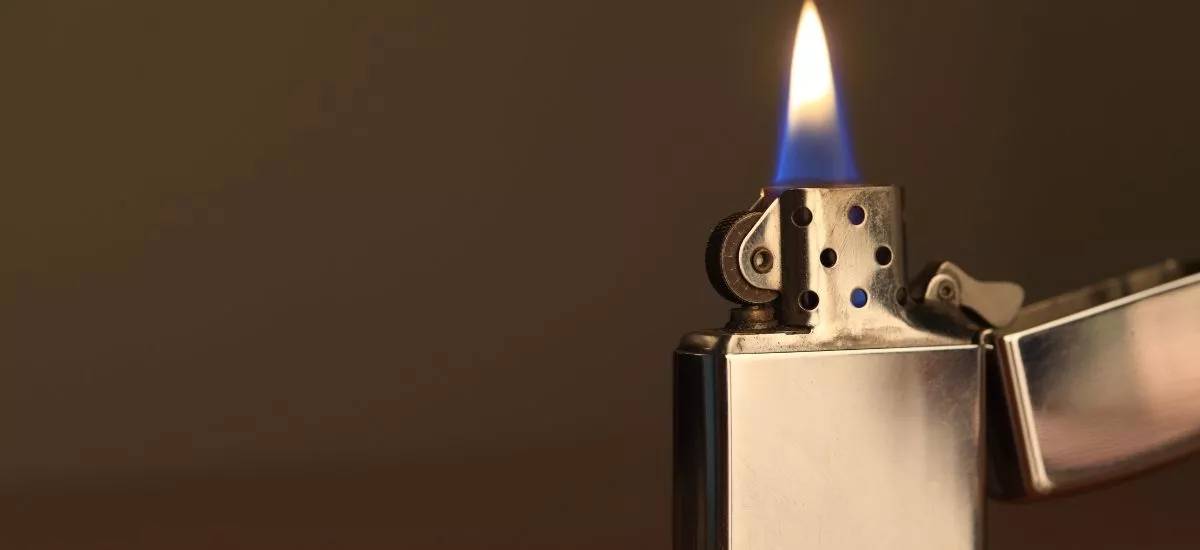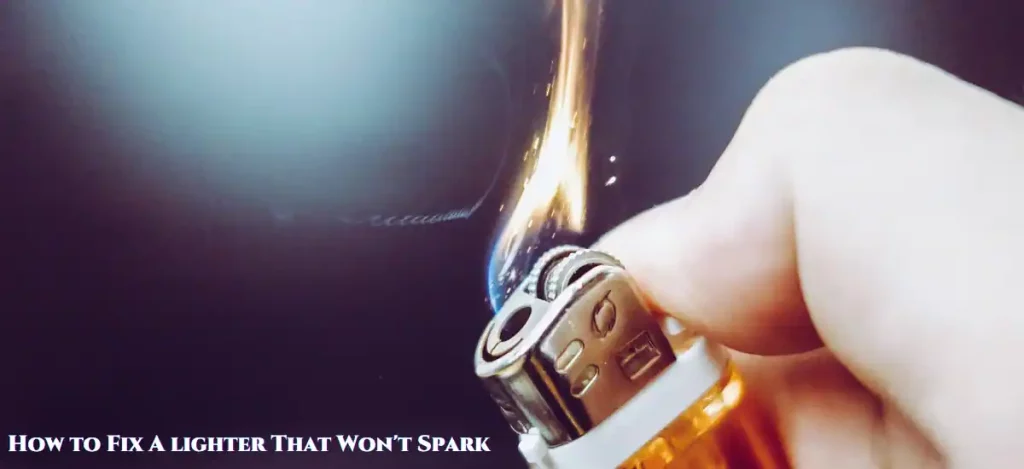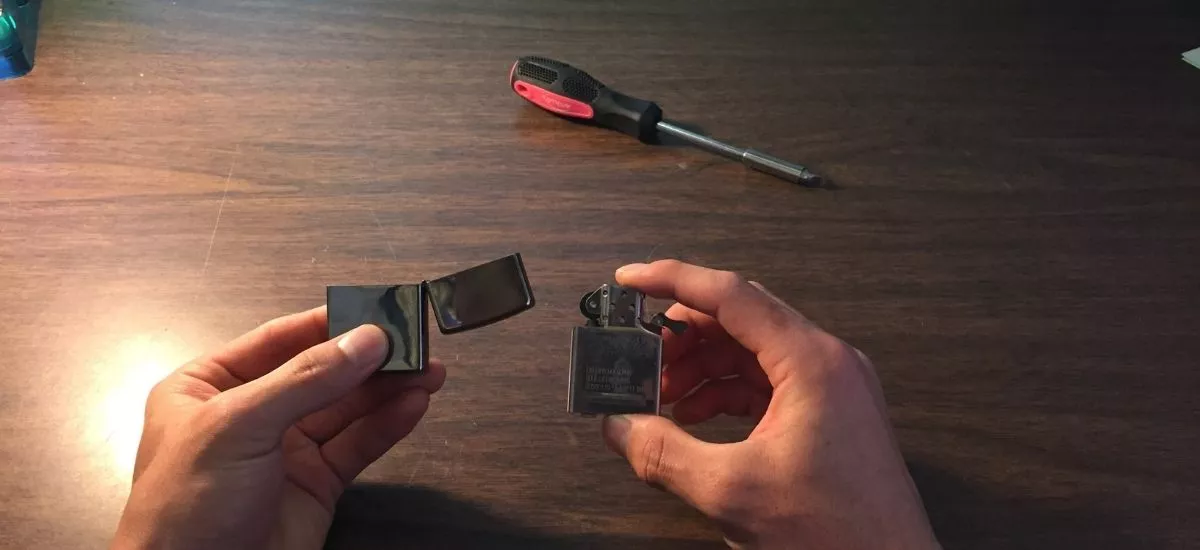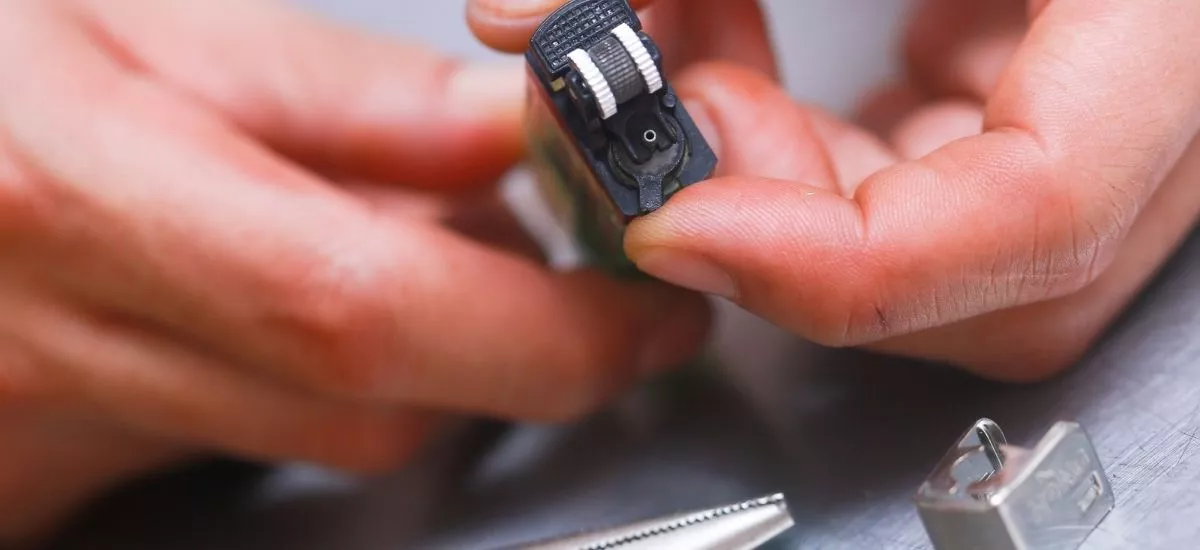If the spark in your much-needed lighter triggers trouble, you’ll have to deal with a variety of issues. So, as quickly as possible, patch the lighter, and the lamp will send you a new light. The majority of citizens have no idea how to fix a lighter wheel. In this article, you will get the various procedure and techniques to solve your lighter issues if your butane lighter won’t stay lit.
How To Diagnose Your Lighter Problem?

You need to diagnose your lighter problem first to get into the process of how to fix a lighter that won’t spark. Here are the issues.
- Just sure it’s not shattered. You’ll need a new light if the plastic portion of yours has broken. The pressure has been compromised, and you will no longer be willing to leverage it.
- Rust, debris, or mud can both be looked for. The metal wheel on top of a lighter will not light if it is unable to rotate.
- Make sure the gasoline tank is complete. Fortunately, the most common issue with these lighters is their insignificant fuel tank.
- The non-reusable BIC lighters are the most vulnerable to mechanical and internal malfunction.
- Examine the area for a spark. If there isn’t a light, that means there isn’t any flint. The flint is the piece of machinery on which the wheel rubs to generate a flame.
- Examine the flame to see whether it is small, burned out, or isn’t present.
How To Fix A Lighter That Won’t Spark

To fix a lighter that won’t spark, you have to follow the below procedure.
Refill the fuel in your lighter.
- For refueling, you will require a butane can.
- Before starting the refilling process, you must bleed all the fuel that is remaining in the lighter. Just turn your lighter upside down while keeping the fill valve on top. Put some pressure on the fill valve while keeping the lighter at a safe distance from your body or any other inflammable object.
- Ensure that the nozzle of the butane can fit in the hole placed at the bottom of your lighter. Properly fit the nozzle in the hole while keeping the lighter on top.
- After inserting the nozzle in the hole, you’ll have to flip the overall contraption upside down so the can is on top.
- Apply some pressure until the fuel tank is completely filled with butane.
- In the case of a Zippo lighter, you will need to buy a Zippo lighter fluid from their online store.
Change the flint on your butane lighter.
- The flint in a lighter is the piece of equipment that generates the spark. Usually in a small quarter-inch long black cylinder.
- For changing the flint, you will have to remove the metal that is surrounding the spark wheel and the flame. You can remove it by twisting it out.
- After removing the metal you will notice a spring, which should be about 1-inch to 1 inch and a half in size. Remove the flint from that spring, then put in a brand-new piece of flint.
- Now reassemble the lighter by putting the flint in, sticking back the spring where it was earlier, and finally placing the metal top back.
- A new flint can cost you around 75 to 90 cents if you buy it online.
Change the flint on your Zippo lighter.
- For changing the flint on a Zippo lighter, you will have to flick open it, then pull up the chimney. The chimney is the part that consists of a few holes on each side.
- You will have to keep pulling until the entire thing comes out. At the bottom of the chimney, you will notice a piece that looks like cotton, and it should be held in place using a screw.
- You will have to take out the screw along with the spring and a tiny piece of metal inside. Now drop a new fill inside it, change the spring, re-screw the screw, and place the box back in the casing of the lighter.
How To Fix A torch Lighter That Won’t Spark?
To fix a torch lighter that won’t spark, you need to follow the below procedure.
- Butane of good quality should be used.
To use every refillable lighter, stay away from inexpensive or non-premium butane. Pure butane usually aids in cleaning your lighter, while low-quality butane encourages you to cling to the tip of your lighter.
- Rejuvenate the procedure
Filling the lighter is the most difficult challenge since often people are unable to serve the fuel adequately. It is an improvement in this situation that the fuel tank does not have air pockets to mess with the efficiency of your lighter. Refrain from shaking the butane can before charging the lighter to avoid the lighter’s normal tendencies.

Shocking the butane raises the chances of it getting applied to the fuel tank. Now, with the butane, add immediate pressure to the top of your lighter nozzle.
- Bleed the lighter according to the package recommendations.
If air gets into the line of your lighter by accident, it will put out the flame. As a result, if you want to switch on the lamp by pressing the torch lighter’s handle, the light will not turn on. If you attempt to light your torch lighter in this situation, it will make a noise like a regular lighter.
Please remove all of the air from your lighter so that it will travel immediately. Clear your lighter by pressing and holding the lighter’s handle. And, by listening to the hissing air, make sure the lamp is turned off. Wait until the lighter finally bleeds.
- Maintain regular cleaning of the lighter
Under this situation, use essential oils to shine your torch lighters daily. Often, clean the lighters carefully with a silk cloth before locking them inside an airtight vault. When using a torch lighter in a lively manner, cleanliness is important.
When you light the lighter, dust and sand particles will naturally get trapped on it. Before and after lighting, you should be able to manually clear that debris from the lighter’s tip.
- The procedure for adjusting the flame height
Adjusting the flame height of the torch lighter is an easy way to solve the issue of a non-firing style lighter. Almost all torch lighters now have wheels that enable you to raise the height of the blaze. In this scenario, if it is too short, the lighter would not generate a good flame. To perform this examination, locate your lighter’s fuel adjustment wheel. Then, turning the more lightweight wheel slightly to the right and south aims to illuminate the lighter. Many lighter adjustments are shown by a plus or minus symbol near the steering wheel. It would either raise or decrease the flame of your lighter.
How To Fix A Lighter Wheel
To fix a lighter wheel, remove the lighter from its casing, loosen the pin, tap the lighter on a rough surface to remove any old flint, and substitute it with fresh flint.
How Do You Fix A Bic Lighter?
To know how do you fix a Bic lighter that won’t spark, you need to understand the problem associated with it. Here are the issues and their solution.

- If you are using a relatively new Bic lighter, the problem likely lies with your technique rather than with some malfunction within the tool.
- Consider removing the safety band. It will make the lighter somewhat less “safe,” but it will make it easier to light.
- Check the fuel level.
- Have a look at the striker or spark wheel. If the lighter has fuel but still doesn’t light, then the problem may be with the striker.
How To Put A Torch Lighter Back Together?
To put a torch lighter back together you have to put the flint back in, the spring back in the socket, and the top back on making reassembling the torch lighter easy.
How Much Voltage Is Created By The Spark Of A Gaslighter?
A high voltage in the range of 800 volts is produced due to the piezoelectric effect. The lighter is designed to apply the whole voltage in a narrow air space between two metallic points. The air is ionized due to the high voltage produced, and it serves as a director for the discharge.
Conclusion
Hopefully, you have found this article helpful and easily understand the process of how to fix a torch lighter that won’t spark.
ALSO READ: How to Soundproof a Door DIY- Best Way to Soundproof
